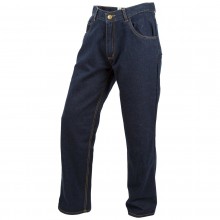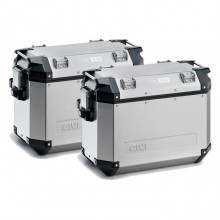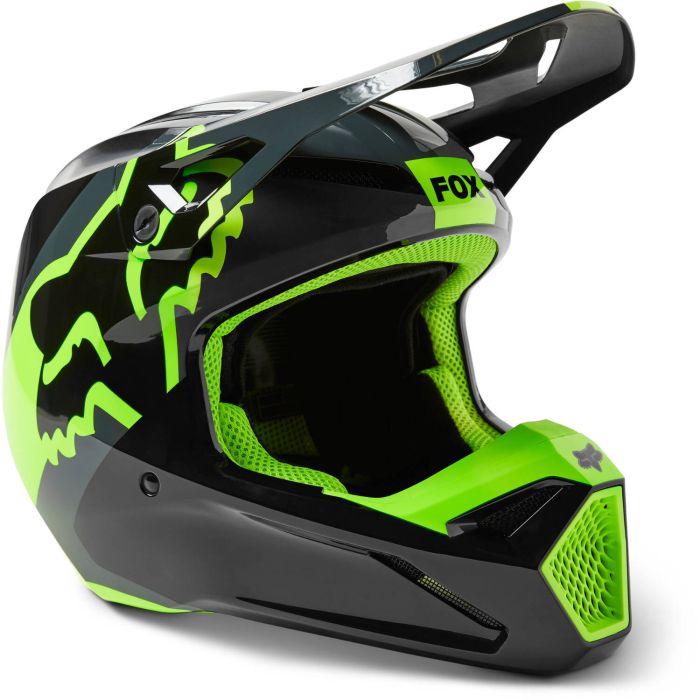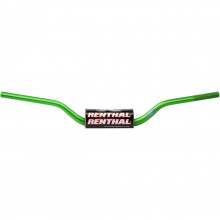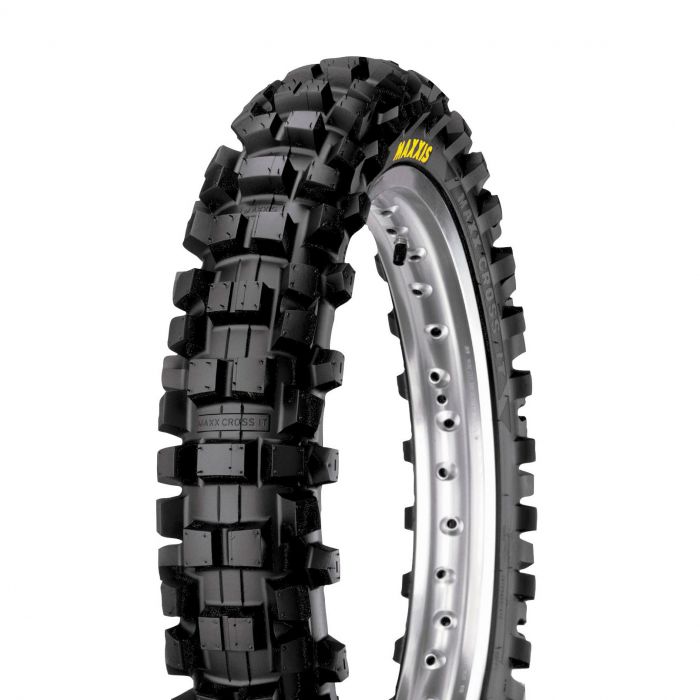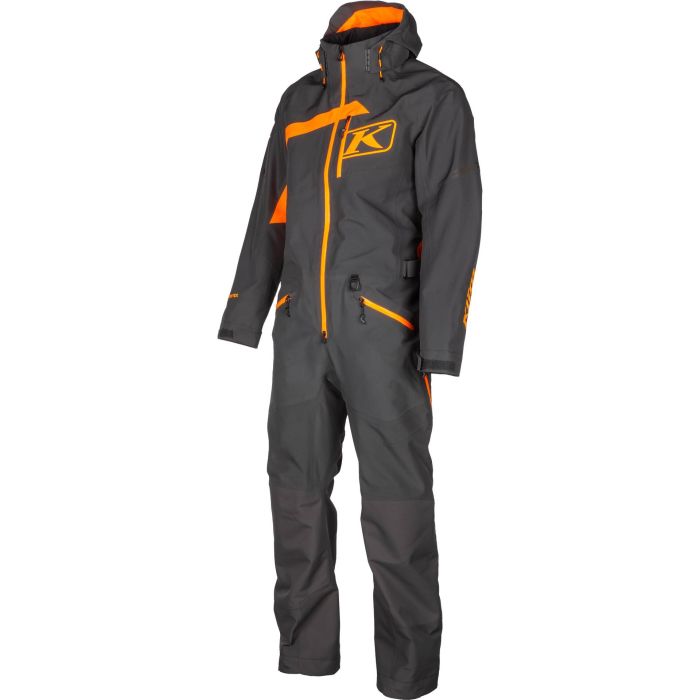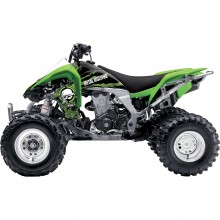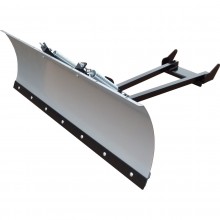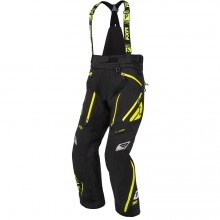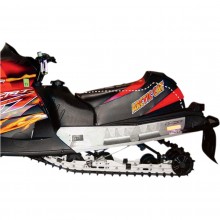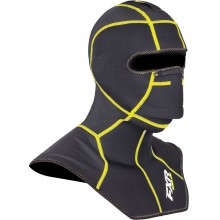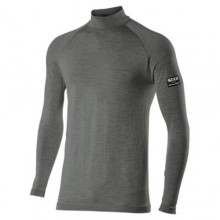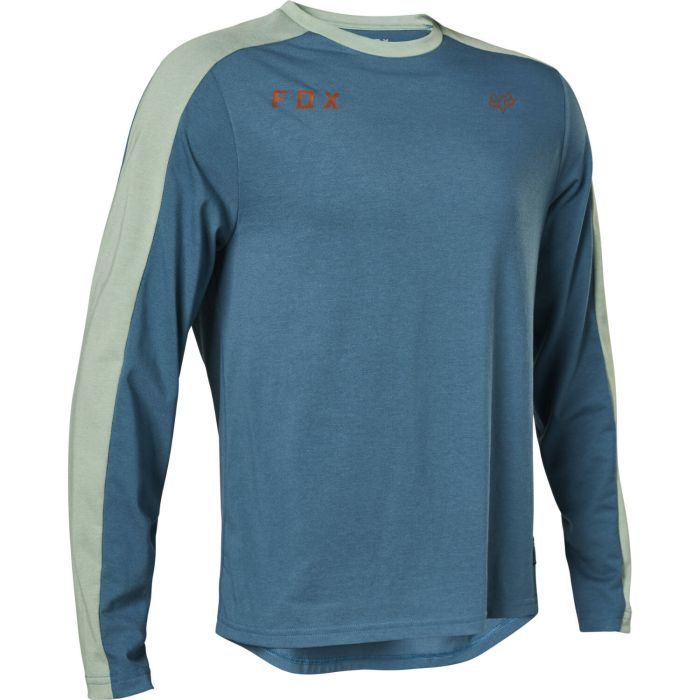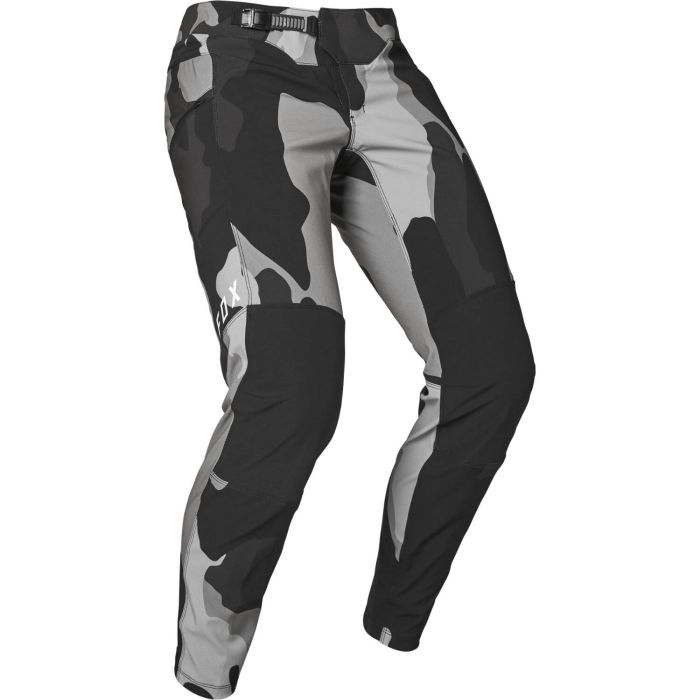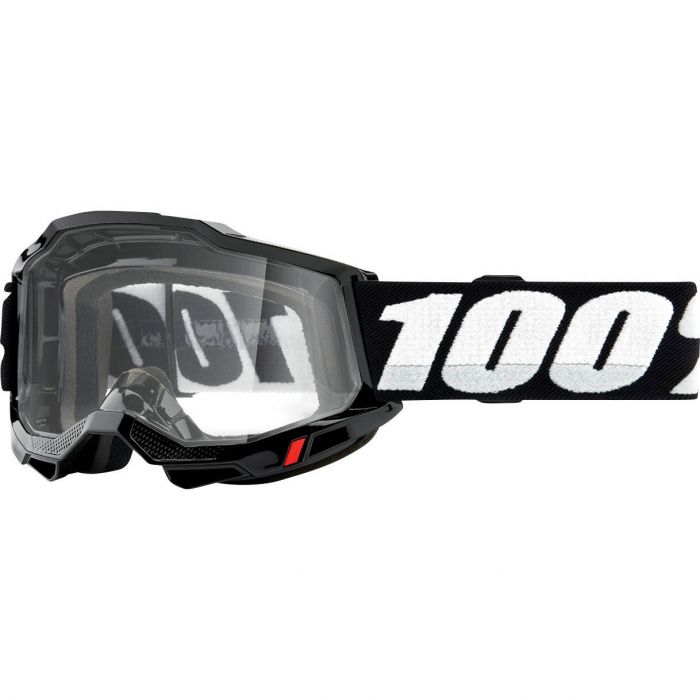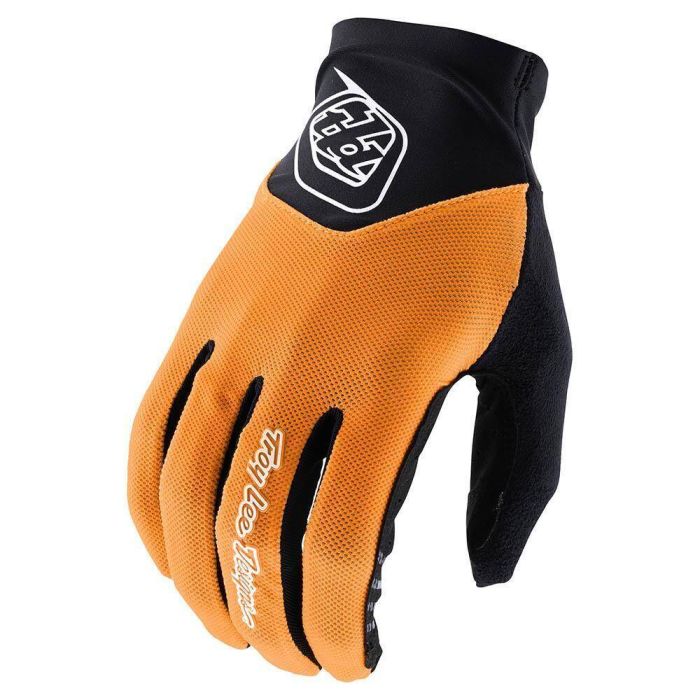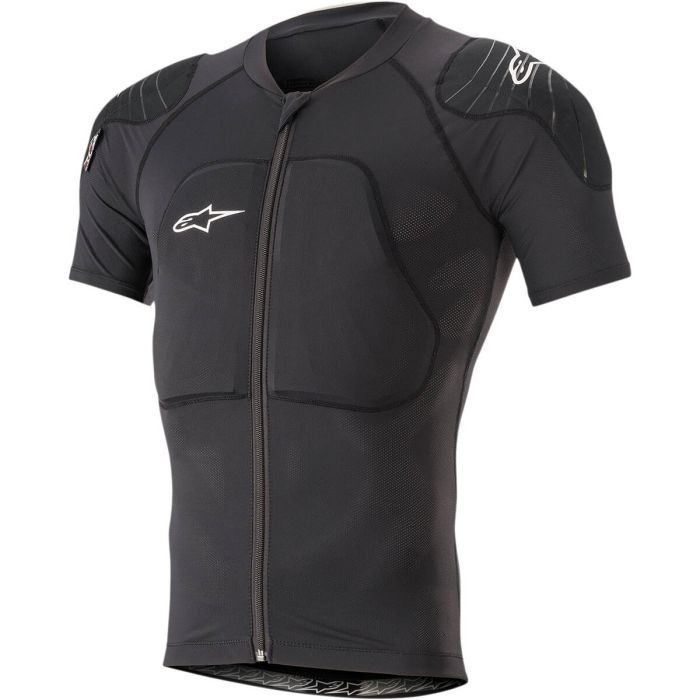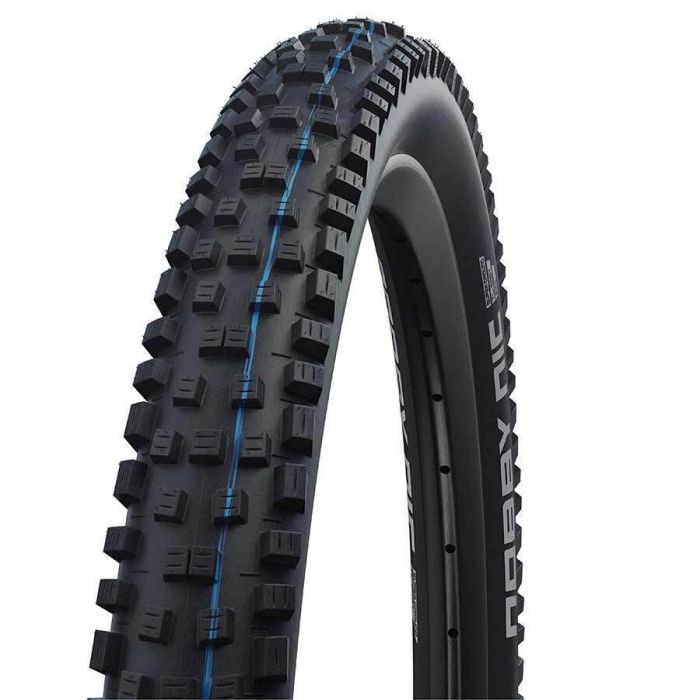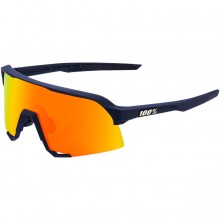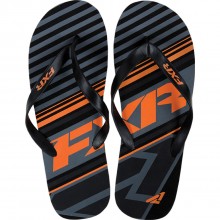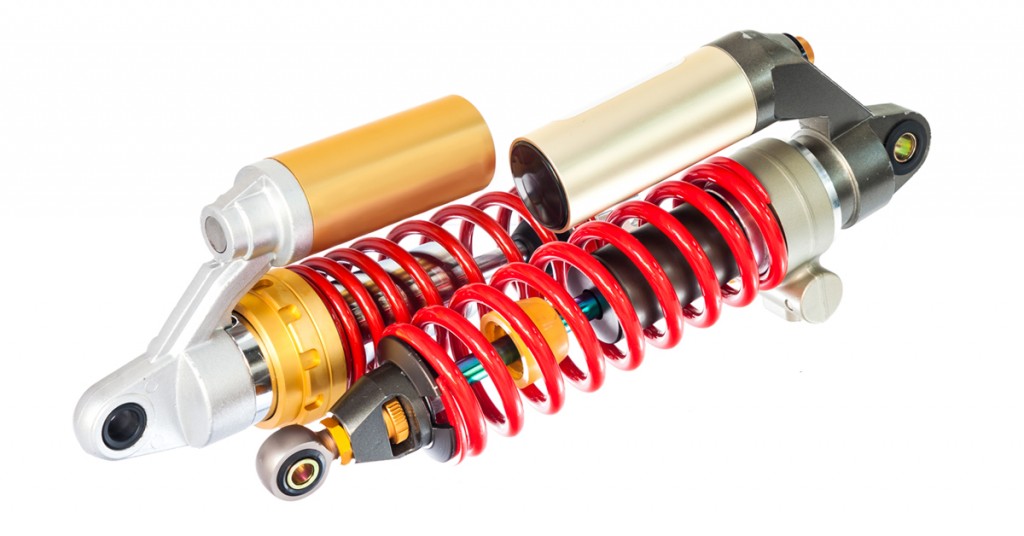The goals of motorcycle suspension are to (a) cushion the effect of braking (especially hard braking) and (b) to cushion the effects of riding on an uneven surface or over bumps or holes in the road surface. Both (a) and (b) have the potential to cause instability, which at best will cause rider discomfort and at worst may result in loss of control and a crash.
Conversely, good suspension ensures that the wheels of the motorcycle remain in contact with the road surface as much as possible, both under braking and riding across uneven surfaces. This translates to good grip, handling and steering control.
The added bonus of good motorcycle suspension is that it leads to a more comfortable ride for both the rider and passenger.
Front Suspension
The front wheel of a motorcycle, on the vast majority of machines, revolves around an axle that’s fixed between two fork legs that double as both support and suspension components.
The fork legs consist of two fork tubes, an inner one and an outer one, connected by a fork seal. Each fork leg also contains a spring, which stops one tube from collapsing into the other. The rigidity of the fork tubes supports resistance against lateral movement, and the springs form the basis of the motorcycle’s suspension.
Damping Rod Fork
Older machines and particularly cruisers use a damping-rod fork system. Pull off a set of forks from a machine that utilizes this system, open them up and inside you’ll find basically a fork spring, a damping rod and oil .
The spring is pre-loaded to support the weight of the machine plus the weight of the rider. When you sit on your bike, even before you ride away, the springs keep the bike up, they stop the bike from bottoming out. And this continues when you ride away, as the springs absorb the force of riding over bumps, or across an uneven surface, or during braking (especially hard braking).
So the springs are merrily saving your wrists and your coccyx from taking a beating every time you hit a bump by compressing to absorb the force, but that’s only half the story.
While a suspension spring is under tension it will remain compressed, but when the tension or force is removed, the spring will immediately try to return to its starting position and release the stored energy as soon as possible.
This release of energy happens so explosively that the spring will reach its normal position and then actually exceed it; the spring will hyper extend. This in turn creates a build-up of energy through extension, now, instead of compression.
Yet again, the spring will work explosively to release that energy and the spring will compress again. This series of oscillations will continue in smaller increments until the spring finally settles at its normal position.
All this for one bump in the road. You can imagine, then, what riding would be like if only springs were involved in the suspension process. Riding your bike would be like bouncing up and down on a couple of out-of-control pogo sticks.
Damping
This is where the damping rod and oil come in. A damping rod is basically a piston that has holes along its shaft. Oil is a thick liquid that when forced through holes in the damping-rod shaft will cause resistance.
Imagine riding along at speed and having to apply the front brake really hard to come to a sudden stop. If you had only springs for your front suspension, the front end of your bike would dive down under the force of the braking and then do a crazy rebound once you came to a stop and the force was released.
Damping takes the explosiveness away from the spring’s release of stored energy. As you apply the brake, the spring is forced to compress and it pushes down on the damping rod. Oil is then forced through the holes on the shaft, causing resistance as the piston moves more slowly through the oil than it would in air alone. This then slows and helps control the rate at which the fork spring compresses and decompresses, resulting in a more controlled and stable braking experience.
Cartridge Forks
As much as the advent of damping-rod technology improved motorcycle suspension the same way as the discovery of fire has done to cooking, it isn’t without limitation. Essentially, as discussed above, the faster a liquid is forced through a hole, the higher the level of resistance; and the more slowly that liquid is forced through a hole, the less resistance.
Transfer this to specific rider scenarios, and you’ll discover how damping-rod forks are still far from perfect. For example, gentle braking could still allow the front forks of a motorcycle to dive, because oil isn't being forced through the damping rod at a high enough rate to cause the necessary resistance.
Conversely, although a small bump in the road surface, hit at speed, should not result in a dramatically stiffer suspension feedback, this is exactly what can happen. The force at which oil is forced through the damping rod in this scenario will result in a rapid stiffening of the suspension and a harder ride over the bump than is actually required.
Neither scenario is ideal, hence the advent of the cartridge fork. Cartridge forks utilize small washer type objects called shims. These shims come in a variety of diameters and are an additional barrier that oil must flow through. The shims deflect as the oil flows through them, with the angle of deflection relative to the force the oil is moving at. In this way, shims work to lessen the two extremes of basic damping-rod technology; so the harsh response to the small bumps are lessened, and the potential fork dive from, say, light braking is reduced as well.
Spring Technology
Back in the day, fork springs were only linear in design. This means they were wound at the same rate throughout their length and would compress at the same rate when force was applied.
Today, however, we also have progressive springs . Progressive springs feature dual or multiple compression rates. This is easiest to see on a dual spring, where you’ll see the spring is more tightly coiled at one end in relation to the other.
Where the coils are more tightly wound, the suspension feedback is softer, so perfect for low speed or riding over smaller bumps. But as speed and the force transmitted from larger bumps increases, these tightly wound coils get completely compressed and the wider coils come into play.
Now the spring feels firmer, because it is. More force is now required to compress the spring, and this is the perfect response you need when you head out for a more spirited ride involving harder braking or over a more uneven surface. The latest progressive springs take this strategy one step further and offer a variable compression rate throughout the entire length of the spring.
Up or Down?
Have fun with this, go on, we dare you. Just type this question into google “Which way to install progressive rate springs?” and have fun with that. Should the more tightly wound end of a spring be positioned at the top or the bottom of the fork tube? The jury is out, and looks like it has been since the advent of progressive springs.
If you decide to go ahead and buy progressive springs, we suggest you follow the manufacturer’s installation guide to be safe.
Interestingly enough, although progressive springs are generally regarded as an improvement factor in motorcycle suspension, they’re not necessarily ideal for every type of riding. For example, dirt or track riders often prefer linear springs where compression and rebound are more predictable.
Rear Suspension
The rear suspension of a motorcycle is based around the use of a swingarm. The swingarm is connected to the motorcycle’s frame and also acts as the axle upon which the rear wheel turns.
Early and basic swingarms are connected to the frame of the bike at the front and at the two sides of the machine. The front connection includes a pivot, so the swingarm can move up and down. At the two sides, the swingarm is connected to the frame by the rear shock absorbers. In this way, the rear end of a motorcycle offers a smoother ride over uneven surfaces.
The rear shock absorbers work in the same way as the front forks, except that in this case the springs are coiled around the outside of the shock tube. This is known as a coil-over spring. As motorcycles have evolved, so has the swingarm and accompanying suspension.
First came the monoshock , a single, centrally placed shock absorber that connected the swingarm to the frame. Monoshocks are supposed to improve handling and braking. Then came the single-sided swingarm.
The single-sided swingarm lies along only one side of the rear wheel. This means the rear wheel is mounted much like a car wheel, and this also means it can be removed and replaced more quickly.
Modern single-sided swingarm design is benefitting a lot from track technology, as the speed in which the rear wheel can be removed and refitted is key.
Motorcycles with a driveshaft can either utilize the shaft itself as one side of a swingarm, or have the shaft running inside the swingarm.
Steering Dampers
Sport bikes tend to have a shorter wheelbase than other classes of machine in order to maximize cornering agility. A shorter wheelbase and high-performance engine can, however, lead to front-end instability at high speed, especially if riding over an uneven surface or hard acceleration.
If the front wheel becomes airborne, even just a little, and then comes down out of gyroscopic alignment with the rear wheel, this will cause the front wheel to wobble from side to side as it tries to get back into perfect alignment.
This condition can be exasperated by the weight of the rider and develop into what’s commonly known as a tank slapper. This is where the handlebars begin to rapidly and violently swing from one lock to the other.
If a tank slapper reaches this advanced stage, the gyroscopic equilibrium has been so disturbed that it is unlikely to return to normal until you either get off or are thrown off.
Note for the initiated: Is there really anything more annoying than sitting on your arse, watching what was, until a moment ago, an impossible to control tank-slapping bucking bronco that's now speeding off in a perfectly relaxed straight line without you?
Steering dampers reduce the risk of tank slappers and unstable handling at speed by reducing head shake and side to side movement in the a motorcycle’s front end. Some machines come with steering dampers already installed at the factory. Universally fitting dampers that attach directly to the steering head can be purchased for most other machines.
It’s worth noting that worn tires can contribute a lot to the potential of developing a tank slapper. Many of us like to make sure we get the maximum amount of life out of our tires, maybe we should also consider the other life that we may be putting at risk.





